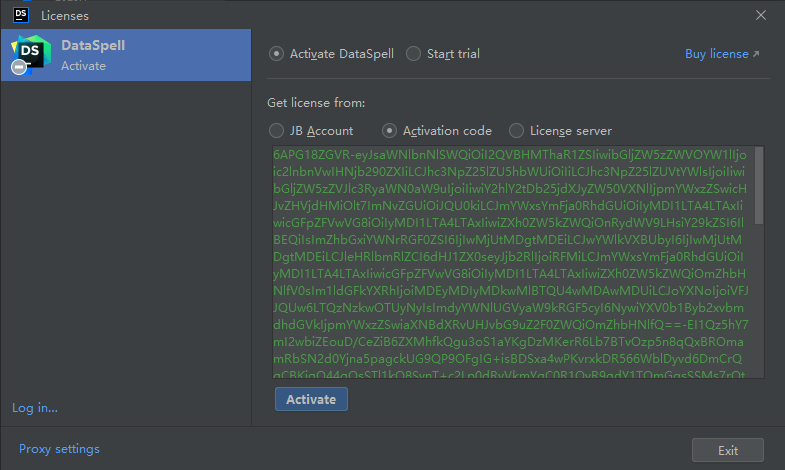

Now you can use the Output widget in Jupyter notebooks in DataSpell to capture and display stdout, stderr, and rich outputs. In the diff view on the right, locate the piece of code you want to restore, and click the chevron button to copy it from the left pane.ĭataSpell 2022.3 introduces better support for interactive outputs in the notebook editor. To restore a specific code fragment, select the version that contains that fragment.To revert the whole file to a previous state, right-click it and choose Revert from the context menu or click the Revert button on the toolbar.There are a couple of options for reverting changes:

The right-hand pane shows a diff viewer, which displays the differences between each version and the current state of the file.ĭataSpell also has a special diff viewer for Jupyter notebook, allowing you to see the changes as if you were viewing them in the real Jupyter notebook. In the dialog that opens, the left-hand pane shows a list with all of the saved versions of the current file with timestamps. To access the Local History menu, right-click anywhere in the editor and choose Local History | Show History from the context menu. It automatically records your project’s state as you edit code, run tests, deploy applications, and more, and it maintains revisions for all meaningful changes made both from within the IDE and externally. Local History offers much more than version control systems, which only keep track of the differences made between commits.

You can also manually download the EAP builds from our website.Ībility to track and revert changes in Jupyter notebooksĭataSpell offers Local History to help you track all changes made to a file independently of version control. The Toolbox App is the easiest way to get the EAP builds and keep your stable and EAP versions up to date. Please give the new functionality a try and share your feedback! This first build also enriches support for web outputs by making it possible to use the Output widget. In the first EAP build for DataSpell 2022.3, you will find the ability to track and revert changes made to Jupyter notebooks, as well as a better in-editor experience for formatting multiline code blocks in Jupyter notebooks and searching within them.


 0 kommentar(er)
0 kommentar(er)
